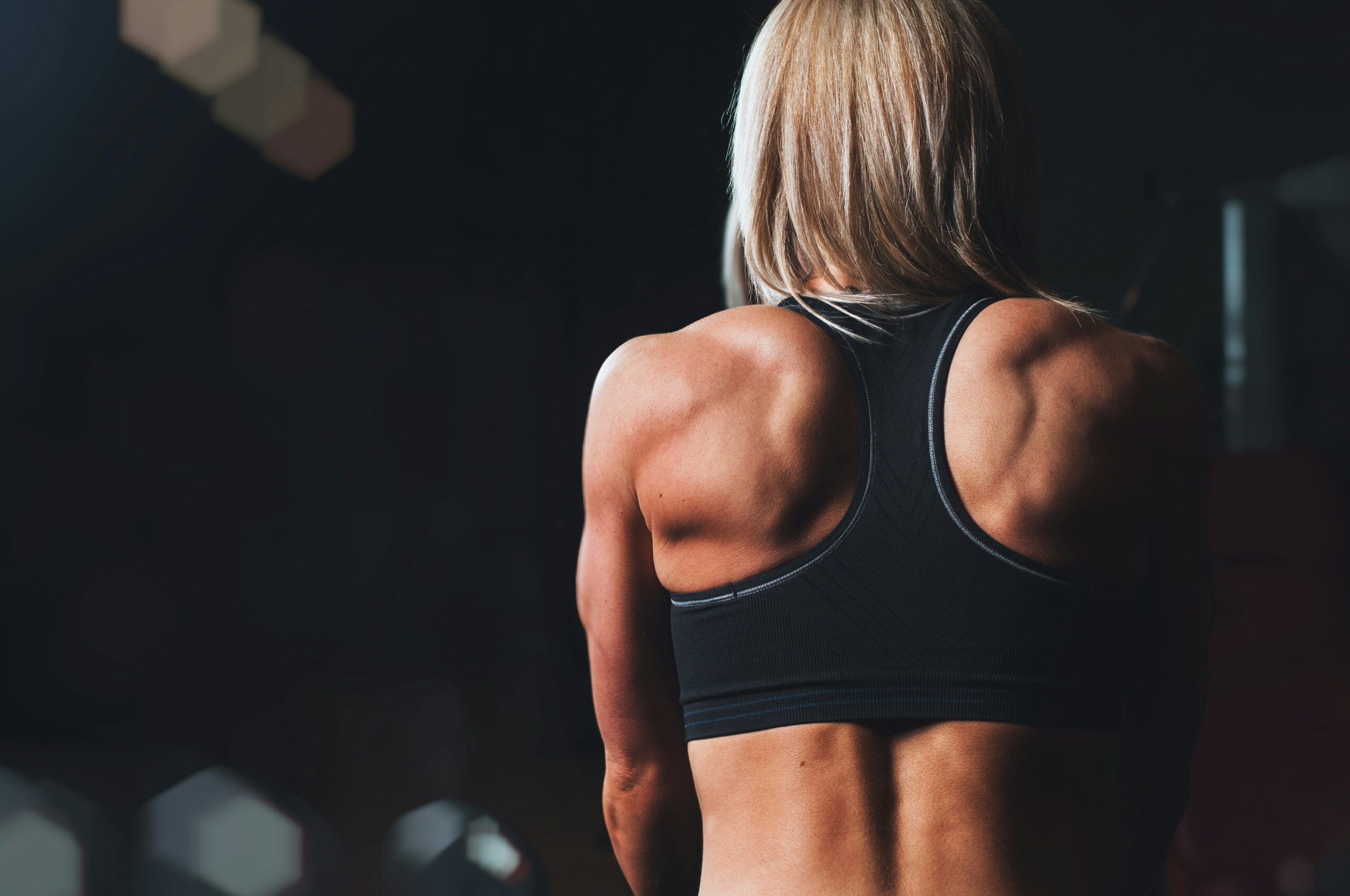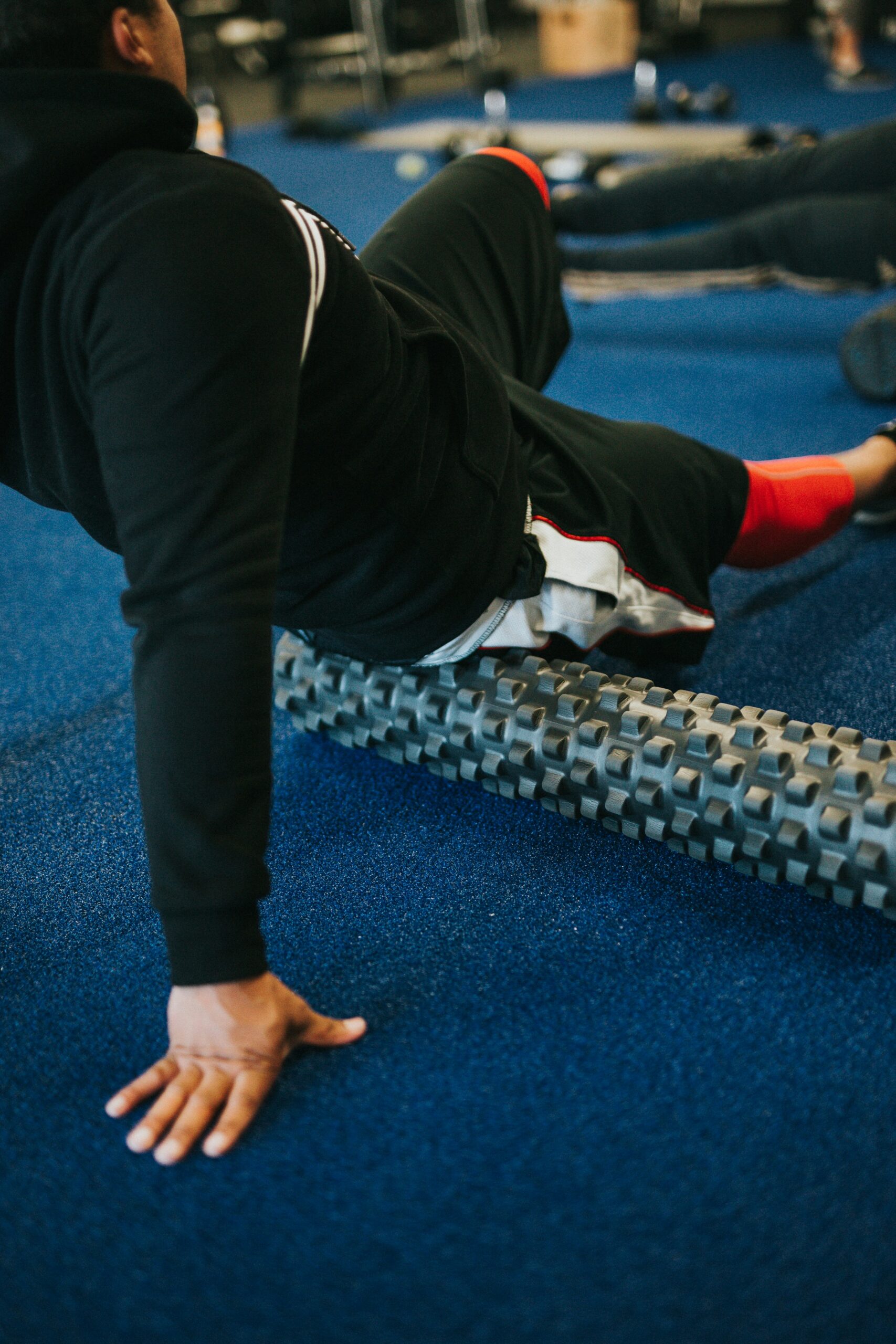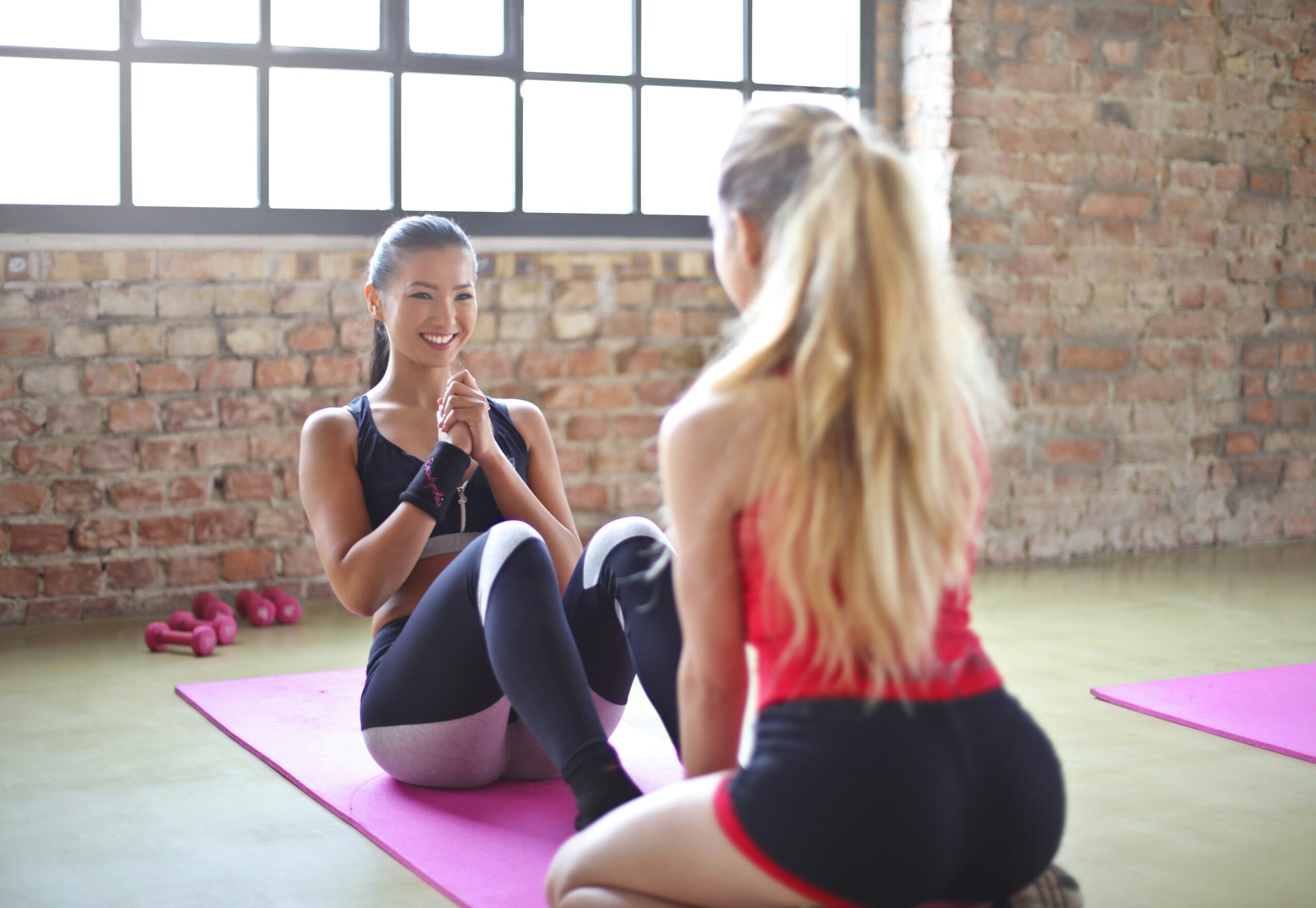DOMS: What is It? How To Reduce It
You may have heard of DOMS before, however not fully understand what it is, why it happens, or how to reduce it. This article will explain all 3 while giving you tips and tricks along the way on how you can apply these methods to your own daily routine. What is DOMS? DOMS is delayed onset muscle soreness. Have you ever done an intense exercise regime, such as weight-lifting at the gym, or ran futher than usual and felt sore the next day? That is DOMS. It typically peaks around 24-48 hours after the initial exercise. As far as we know, the pain is cause by an inflammatory response to the exercise. Why does DOMS happen? When you push your muscles hard in the gym, or playing sports, your create micro-tears in the muscles. These tears are then repaired by your body over the next few days which makes the muscle bigger and stronger. This is basically the goal of weightlifting, and how muscles grow. However, if you push your muscles harder than they’re used to, like if you’re just starting out, or coming back from injury, you’ll likely experience more micro-tears, which causes more DOMS. Therefore, DOMS isn’t necessarily a bad thing. If you’re experiencing DOMS, just know that the work you did yesterday (or the day before) is now paying-off as your body is repairing your muscles to make them stronger in preparation for next time. How to reduce DOMS DOMS can be painful, especially if you’re just starting out in a new sport, or using muscles you’re not too used to using. Sometimes, it can get in the way of everyday life. So, here are some ways that you can reduce the pain caused by DOMS. Foam Rolling Using a foam roller can relieve tension in the muscles connective tissue. In-turn, this can reduce the intensity of DOMS next time you work out. Around 10-15 minutes a day is enough to see the benefits from foam rolling. Ideally just before or after your workout and on rest days. Massage Massage relieves DOMS (Delayed Onset Muscle Soreness) by increasing blood flow, which brings oxygen and nutrients to muscles, aiding in their recovery. It also reduces inflammation and tension, releasing tightness and knots in muscles. This promotes relaxation and accelerates the healing process, easing post-workout discomfort effectively. Drink Coffee Drinking coffee helps DOMS by reducing muscle pain and fatigue. Studies have shown that caffeine in coffee blocks adenosine, a chemical that makes you feel tired, boosting alertness and energy. It also enhances blood circulation, delivering oxygen to muscles for faster recovery. This can alleviate soreness and improve exercise performance. Keep Moving On Your Rest Days Increasing your muscle movement can help with DOMS as it gets the blood pumping and helps get oxygen to your muscles. Light cardio, stretching and yoga can all help. Conclusion Hopefully now after reading this quick article, you’re more familiar with DOMS and know some ways of reducing the pain it causes. Incorporating these things into your workout routine are generally good anyway, and remember – DOMS pain means your muscles are literally rebuilding to get stronger, so isn’t always a bad thing!


